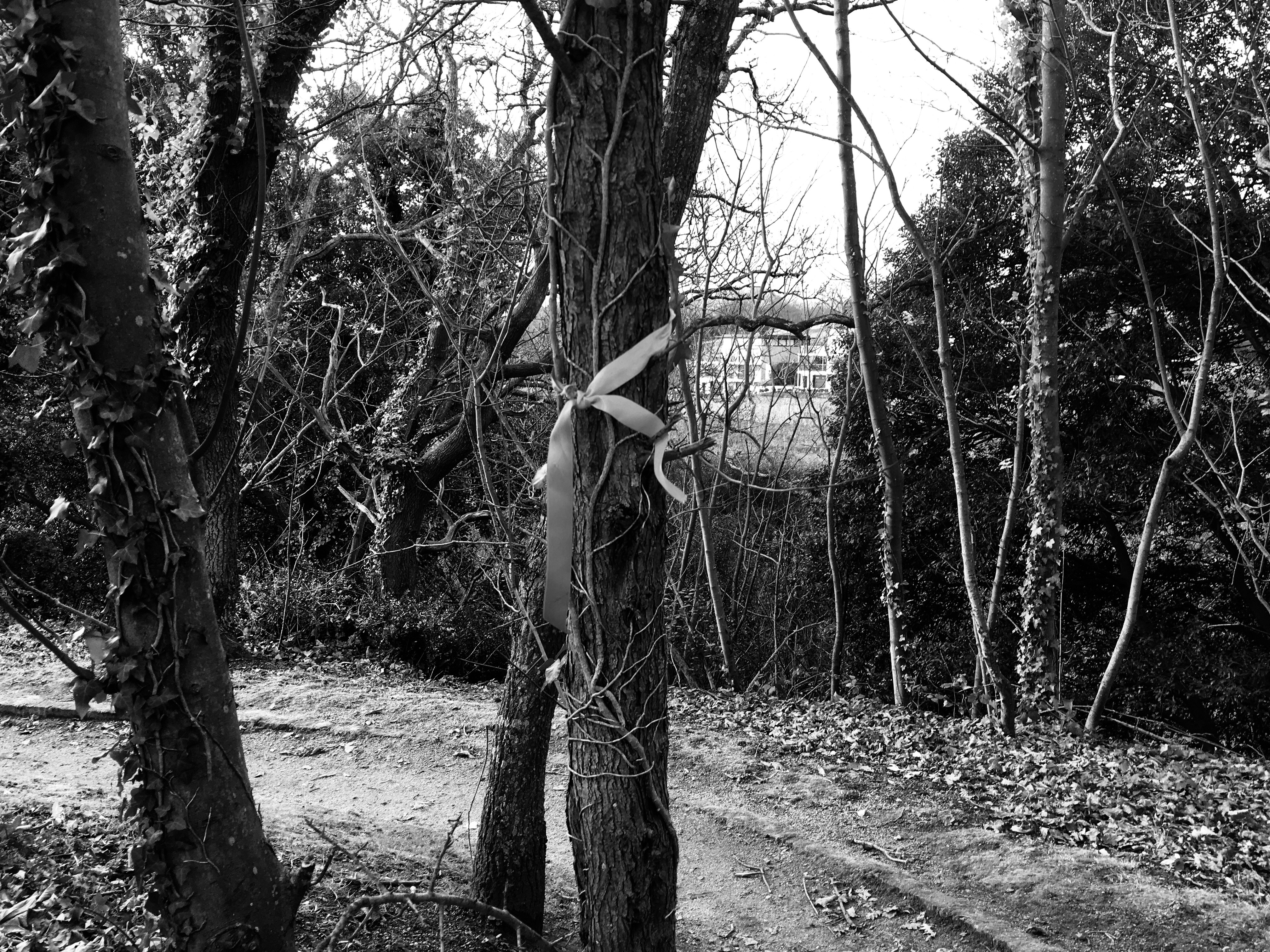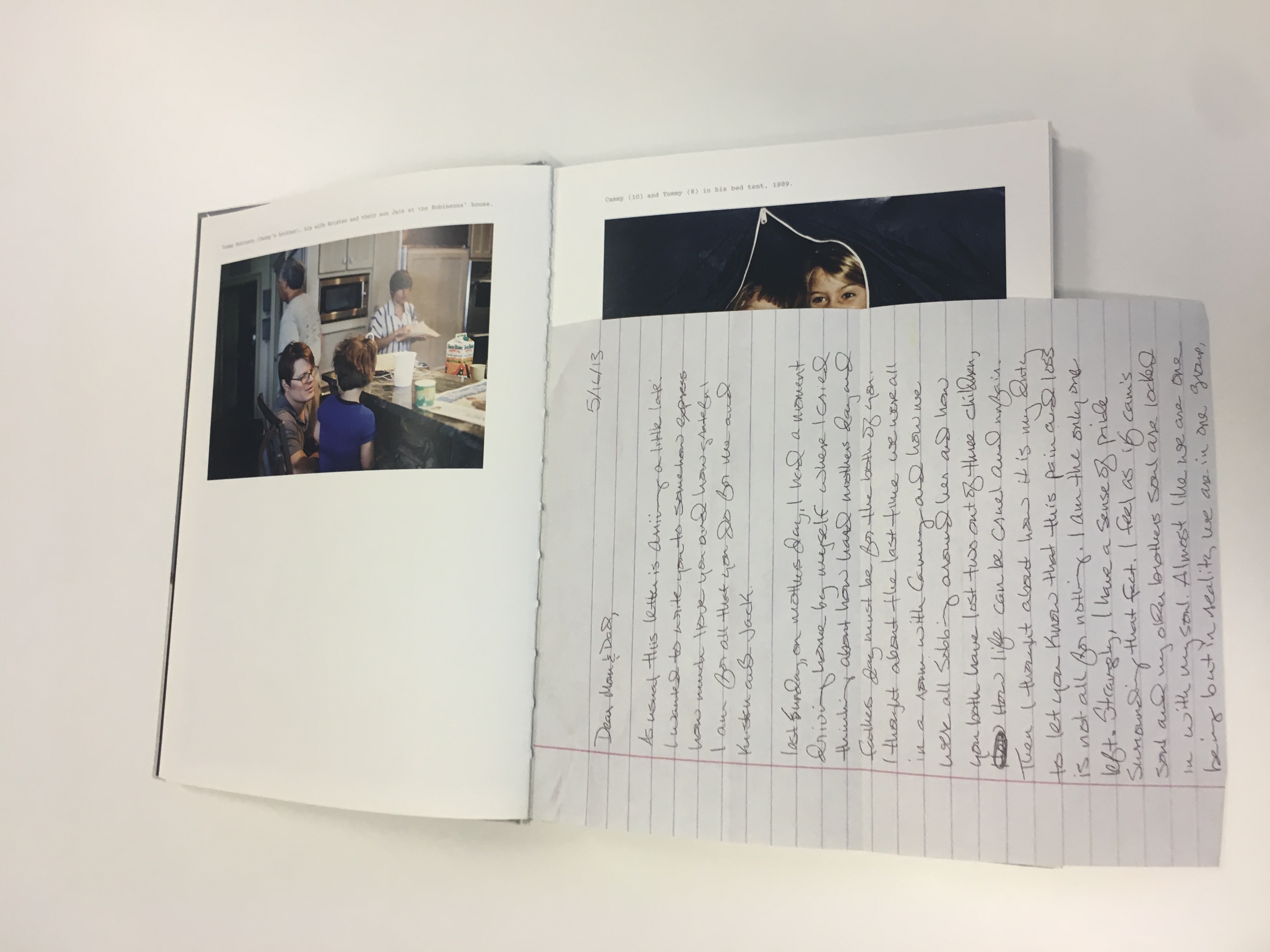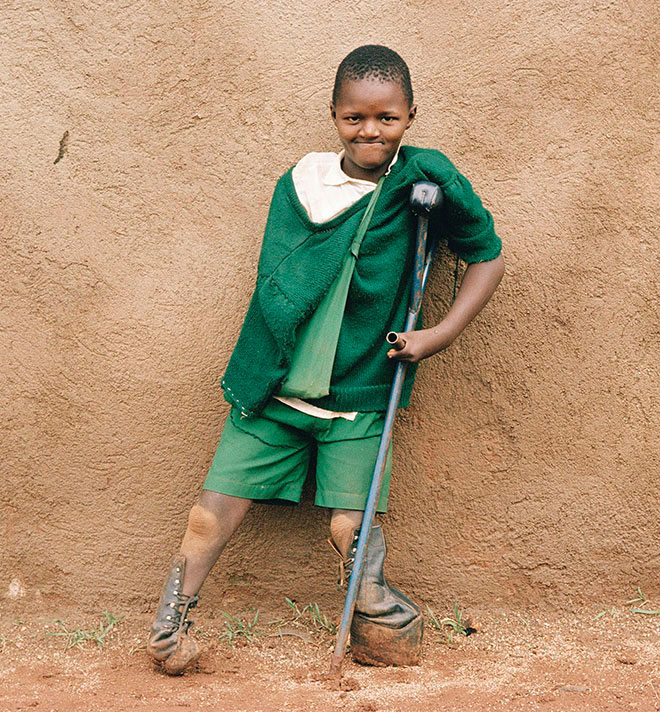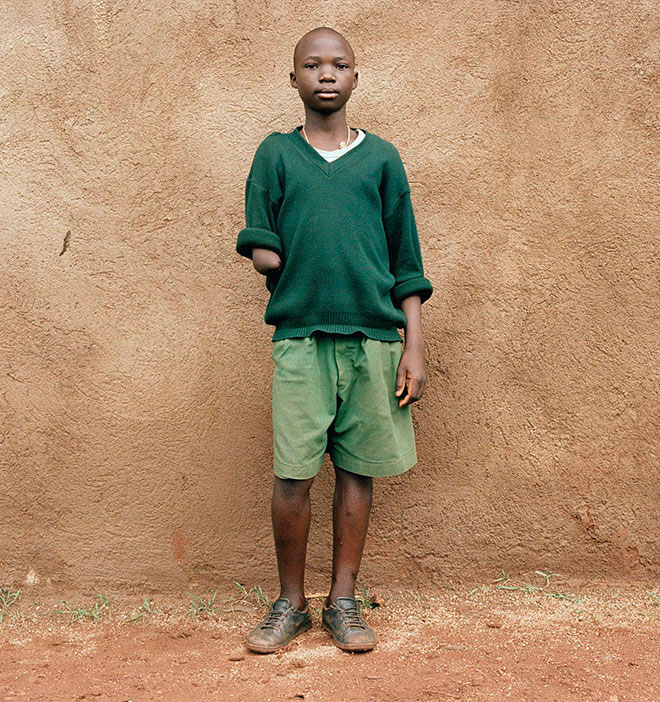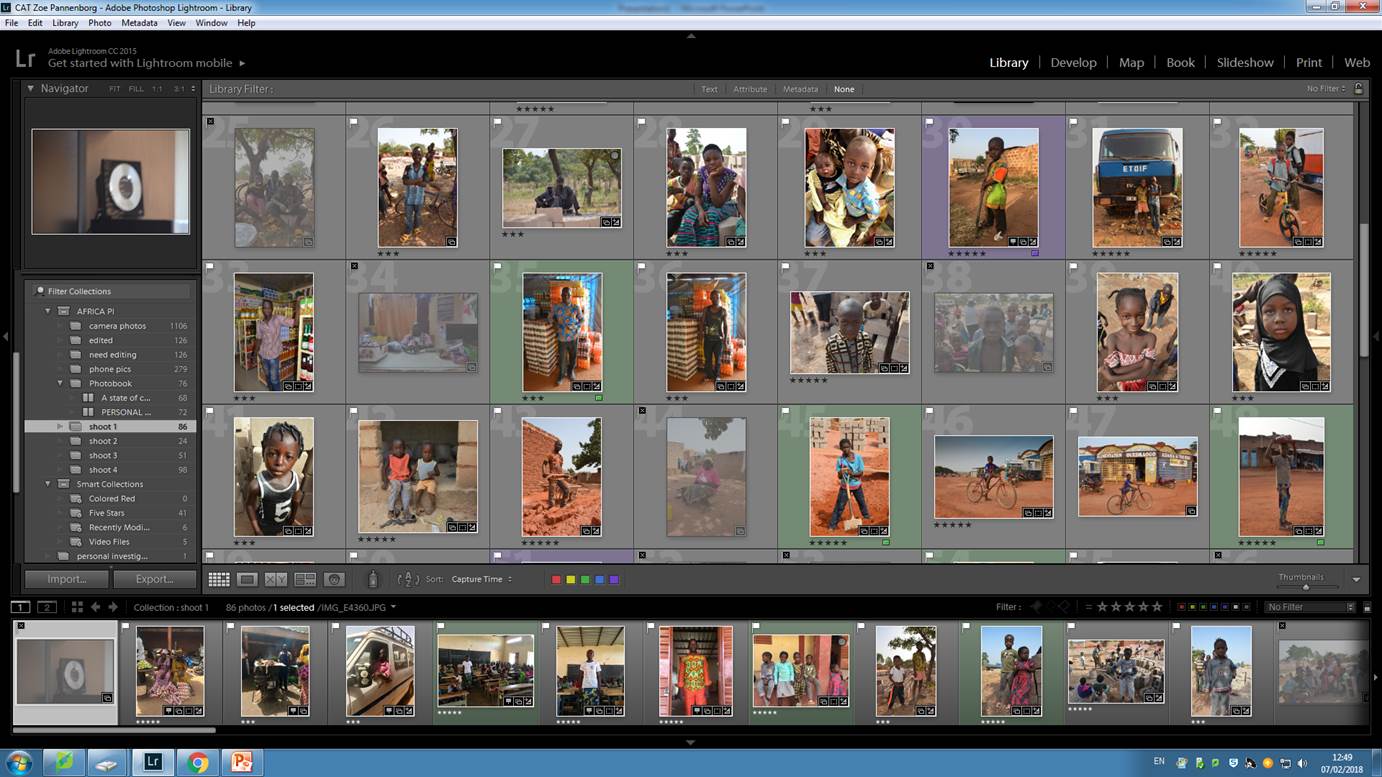To enhance my understanding on photobooks and how to design and make my own i need to do some research into published photoboooks and research into how photographers have successfully made photobooks and what makes a good photobook. After reading Colin Pantall’s article on creating a narrative to a photo book the main point i have taken away is that i need to have a clear story to my photo book. Pantall states that we should be able to describe what our photo book is about in three words and if we are unable to do this then we may not have a clear idea of what out photo book is about. This needs to come before the sequence because the sequence then underlines the meaning of the book and emphasising this meaning.
Colin Pantall: Identifying the Story: Sequencing isn’t narrative
Simply taking a bunch of photographs and putting them into a sequence does not create a narrative it is the meaning or message that we decide to portray before we even capture the images which creates the narrative. Furthermore, Understanding Photobooks: The Forms an Functions of Photobooks written Joerg Colberg, a poetic photobook critic outlines the many focal points we need to consider when produces a photobook. Colberg agrees with Pantall and says that photobooks are complex and cannot just be created without any thought. The book discusses many examples of how to think about editing and sequencing. But it also tackles less commonly discussed aspects such as what different bindings actually do.
HONG KONG UMBRELLA – MICHAEL WOLF//LAM YIK FEI

Michael Wolf’s ‘Hong Kong Umbrella’ is rich in culture and highlights the importance of having a freedom of choice. In Wolf’s photo book he focuses on a specific protesting event which took place in Hong Kong in 2014. The photo book captures images which represents the event of the protester, a young man, who raised a yellow umbrella to protect himself and others around him from the onslaught of pepper spray being shot at innocent people from the Hong Long Police right at the very start of the students protests in late September of 2014. The yellow umbrella which was held up at the beginning of the students protests quickly became the symbol of the protests by the thousands of students who were standing up for political freedom. This simple object which is used by which ever class you come from whether rich or poor was the students symbol of universal suffrage “and the right to vote for their own leader.” The final elections plans were having to be approved in 2017 making the images and the story which is portrayed through the images still very current and a relevant matter in international news. The very real narrative which is told by these images shows the dedication to the young citizens of Hong Kong who where using the yellow umbrellas as a way of making their place in history as a voice of a generation wanting freedom of choice.
Michael Wolf shows this very real story through his documentation of Hong Kong during these events. I think that this makes his images extremely significant as the rawness of the images comes from the fact that he was not able to stage the images of the actual protest as it was compleatly happening at that moment in time and he was simply acting as a photojournalist documenting the nature of events. These truth holding images are connected with images from all over the city of umbrellas and the simpleness of their mechanism but the huge impact they have and the variety of jobs they can be used for. The photobook shows the vast amount of umbrellas that are contained within the city and i think that this is trying to imply the mass support the student movement, for wanting freedom of choice, had. He turns his attention to countless umbrellas in the Back Alleys of the metropolis, whether they be literal umbrellas or drawings of the symbol of an umbrella is showing that it was a huge protest which impacted many. The genre of Wolfs approach is street photography yet in a documentation style. the photo book shows upstaged images of people drawing umbrellas or holding them up showing their support for the campaign. The images show Wolfs photo journalistic style as many of his images including people are as if he is looking down on the events which are happening documenting the people naturally and not placing them in a certain position to make maybe the perfect image.
When considering who the photographer made the book for, we must consider possible audiences as well as who he may want the message/meaning of the photographs to reach. For the ‘Hong Kong Umbrella’ i think that Wolf had the intention of presenting his book to the students and the citizens of Hong Kong showing the vast support the movement had in a way of telling them not to give up and to keep fighting for their desire for freedom of choice. The book may have also made made as a way of highlighting to the government the support that the protest had. Wolf may have wanted the government to change their structure of election so that students had the right to vote for the leader which they desired as they are part of the community and should have the right to freedom of choice.
When deconstructing the book the first thing i look at is the front cover as this is the first part of the photo book we see and it is what we base out initial thoughts on. Straight away people create an opinion on a photo book from the way it presents itself. ‘Hong Kong Umbrella’s’ initial impression on me was that it stood out in a sea of photo book i wanted to pick it up and was intrigue by it die to its bright colour. The yellow colour of the photo book cover is striking and draws the audiences attention to it ad i think that this is the impact Wolf wanted as he wanted people to look through the images and take notice to its important message. The yellow cover is also relevant to the events which occured, as the young man in the crowd of protesters held up his yellow umbrella. The texture of the book also makes the photobook unique as it is a fabric, this could symbolise the texture of an umbrella highlighting the story further of the symbol of the protest further. The title on the front cover also brings us intrigue as we can guess that the photobook is going to be about umbrellas as the front image also shows an umbrella but it leaves the deeper message to our imagination. When you open the photobook the images are presented on A5 pieces of quality photopaper however the photographs only take up just about half of the page. This may be to have the message that the images are intricut and delicate. The proportion of the white border being nearly equal to the image size also draws a lot of attention to each image which i think is very clever. The colours in the first few papers all link in rythm as they share similar components. The images are from the back streets of Hong Kong, with key being a underlying colour tone in all the images however they are all sparked with colour by the vibrant umbrellas in each image. This has a powerful impact on the audience and makes them intrigue to find out more.

The next section of Wolfs photobook is what made his photobook stand out to me more than any other book. He cleverly reveals the meaning sotry behind his images by splitting up the book with a series of yellow pages. On these yellow pages, made out of a different textured paper to make them stand out, he has included a written statement which reveals the events of the student protesters fighting for their right for freedom of choice. With this small background to the events which took place in Hong Kong in 2014 now help the audience to understand the story he is telling with his photobook. The use of coloured paper shows that it is a bold statement and he wants the audience to take notice and read the information on these pages. also linking to the idea of the yellow umbrella which became the symbol of the protest and united students of Hong Kong. The flow of the photobook now makes more sense to the audience and the whole series of images all link together adding to the story and revealing more about the events as the photo book progresses. After the yellow pages the events of 2014 are then shown in documentation form rom Wolf as he act as a photojournalist taking tilted down shots showing the mass support for the protest.






